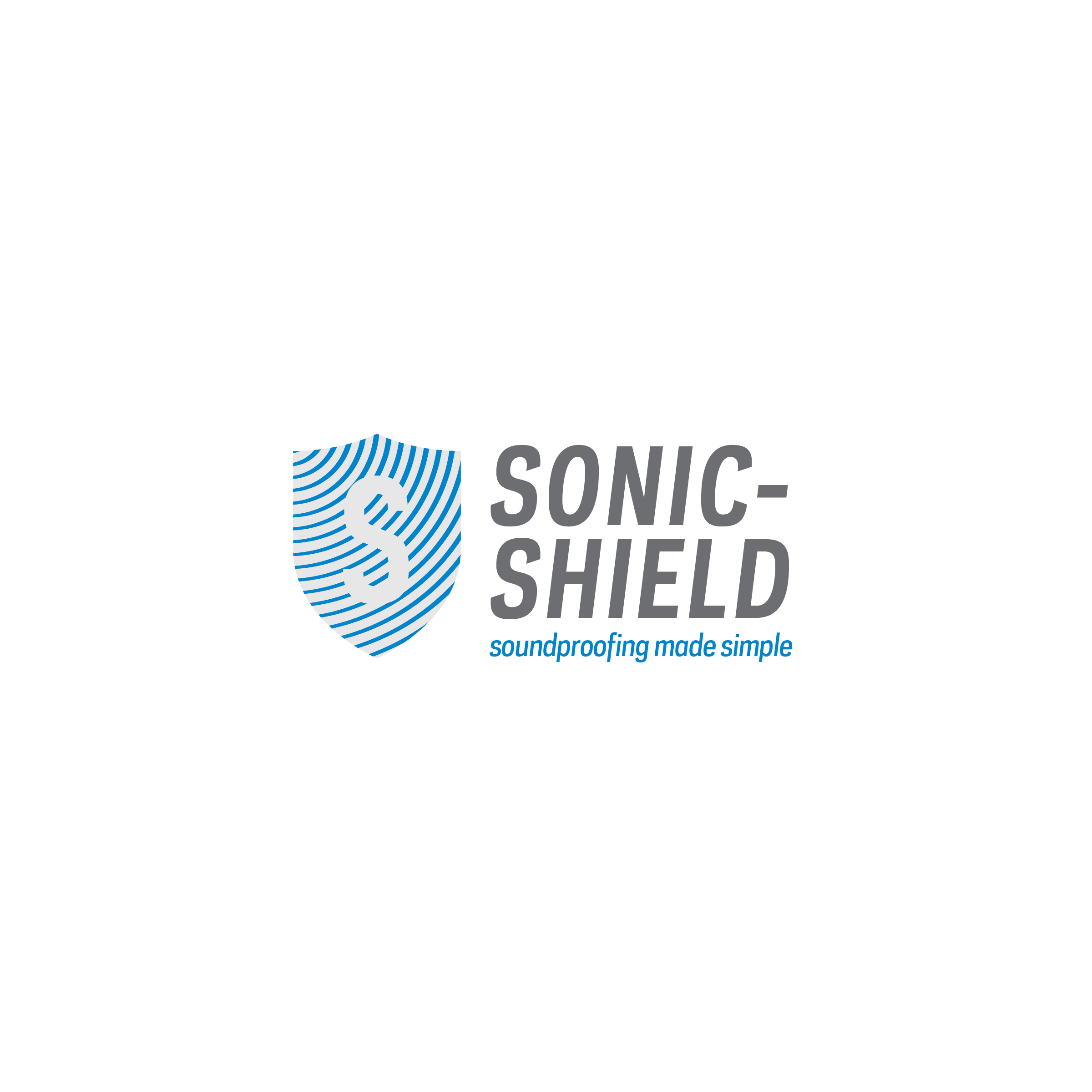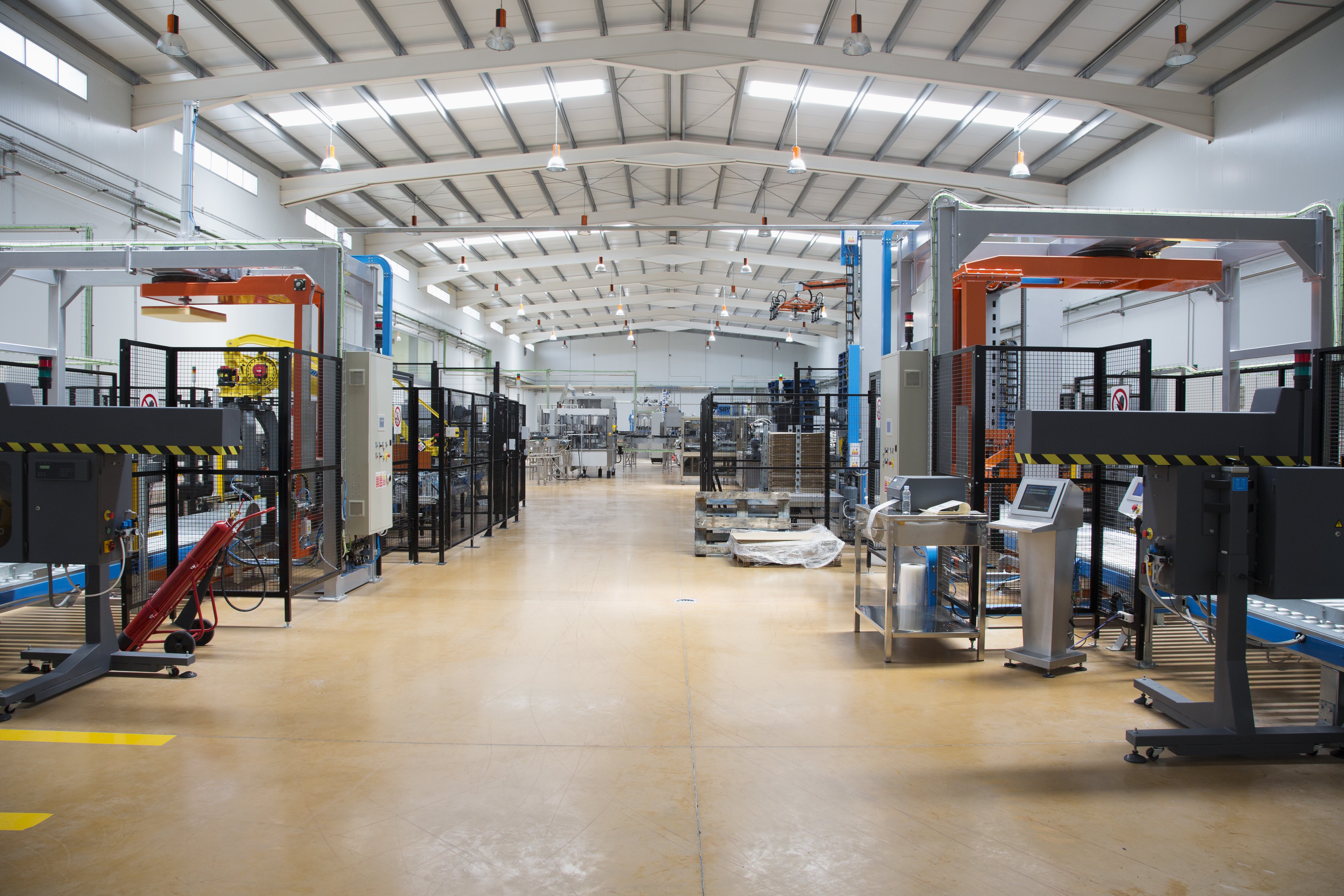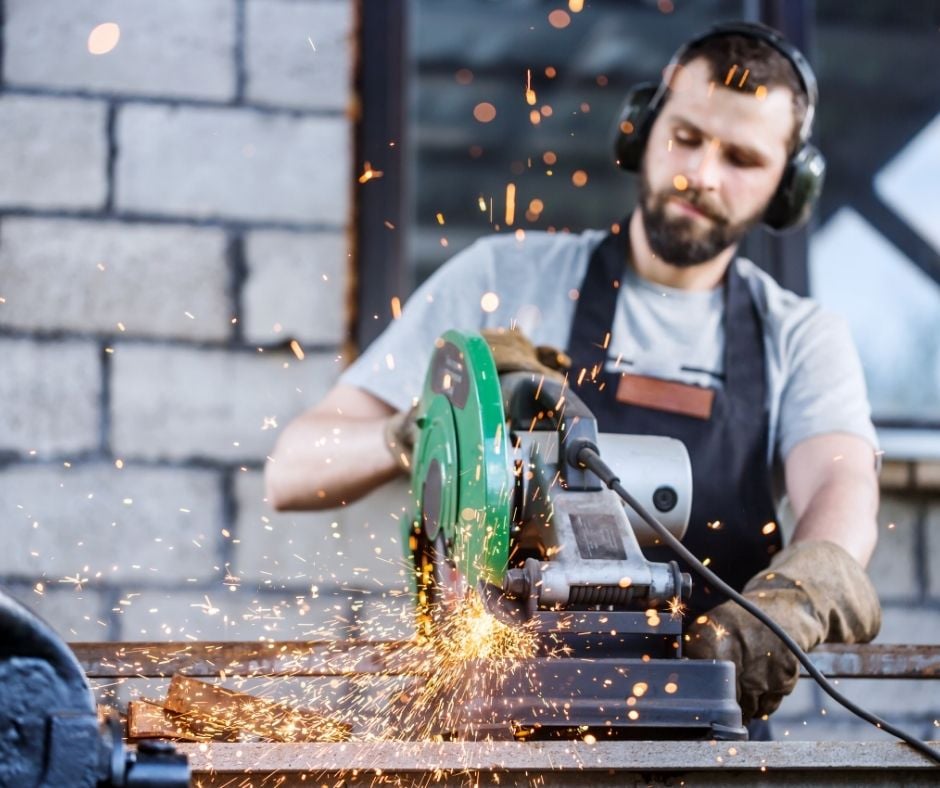
What is Industrial and Commercial Noise?
For many, industrial noise may seem like nothing more than a nuisance, but it is actually an occupational hazard as prolonged exposure can cause hearing loss and other health problems. In fact, OSHA estimates that 30 million workers every year are exposed to harmful industrial noise, with over 125,000 workers having lost their hearing due to industrial noise.OSHA dictates that sound level at 90dBA or above cannot exceed eight hours per day of exposure – and is actively trying to lower the maximum to 85dBA.
What is Industrial Noise Mitigation?
Noise mitigation engineers determine a specific target goal of how much mitigation to the impacted area is necessary as industrial noise creates sound in both high and low frequency. As such, sound-absorbing materials, in addition to sound isolation techniques, may be utilized as each type of sound has to be controlled with different methods.A Step-by-Step Industrial Noise Mitigation Strategy
1. Observe. Acoustic testing and analysis help us understand the qualities of sound and their propagation within an industrial facility. Such onsite observation and testing help clients achieve optimal facility sound levels to ensure that the space is purpose-optimized, safe and compliant.2. Understand Frequencies & Noise Transmission Paths. A critical step in developing an effective soundproofing solution is to identify the offending noises and their sources, and to determine the noise transmission paths through which the noise is transmitted to our ears.
3. Identify Target Mitigation Levels. Engineers isolate the source(s) that are creating the impact on the acoustical environment requiring mitigation. They will build custom plans that are industry- or location-specific in order to best reduce the particular noise that is generated within the work environment.
4. Identify Approach & Materials. There are many commonly used materials that are effective as well as highly specialized materials for specific acoustical applications. Industrial noise control can be comprised of various elements, such as machine enclosures, sound dampening or absorbing panels, reverberation control, quiet rooms, wall blankets or foam, vibration isolators for machinery, composite acoustical materials for barriers, absorptive acoustical insulation, fan size and speed adjustments for HVAC, and other pre-assembled or custom-built structures.
5. Install & Monitor. Noise monitoring systems not only accurately measure sound levels on a continual basis, but also identify, record and store one-time or out-of-the-ordinary noise events. The recordings make statistical analysis possible and from that analysis, solutions for noise mitigation can be developed. Noise monitoring systems are used in dozens of locations and applications – not just at industrial facilities– including:
- Airports
- Heavy Rail or Auto Traffic Routes
- Construction Sites
- Drilling and Fracking Locations
- Mining Operations
- Motorsport Venues
- Sport Stadiums
- Wind Farms
- Residential communities
Our industrial soundproofing services can help you meet your goals of keeping productivity up and costs down. Contact us to learn more.




